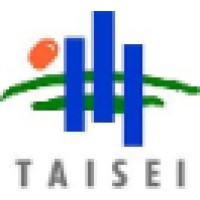
Taisei Corporation
Taisei Construction Corporation is a leading General Contractor, serving both private and public sector clients in Southern and Northern California, and on client specific projects throughout the U.S. The Company, founded in the U.S. in 1982, is a wholly owned subsidiary of Taisei Corporation of Japan, one of the world's oldest and largest Global Contractors with annual revenues in excess of $14B. Market sectors served include hospitality, transit oriented mixed use, multi-family residential, commercial, industrial, civic and educational uses.






